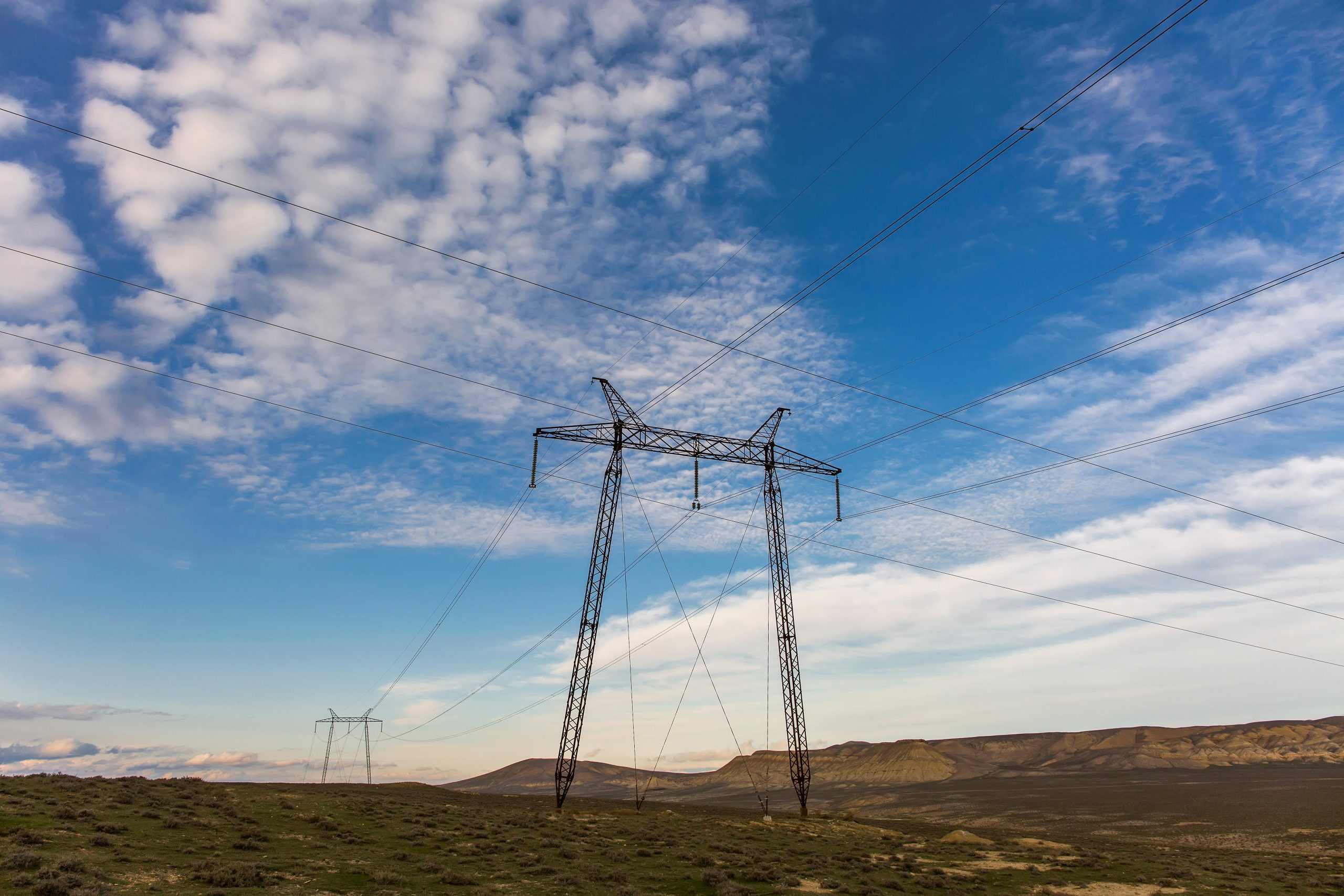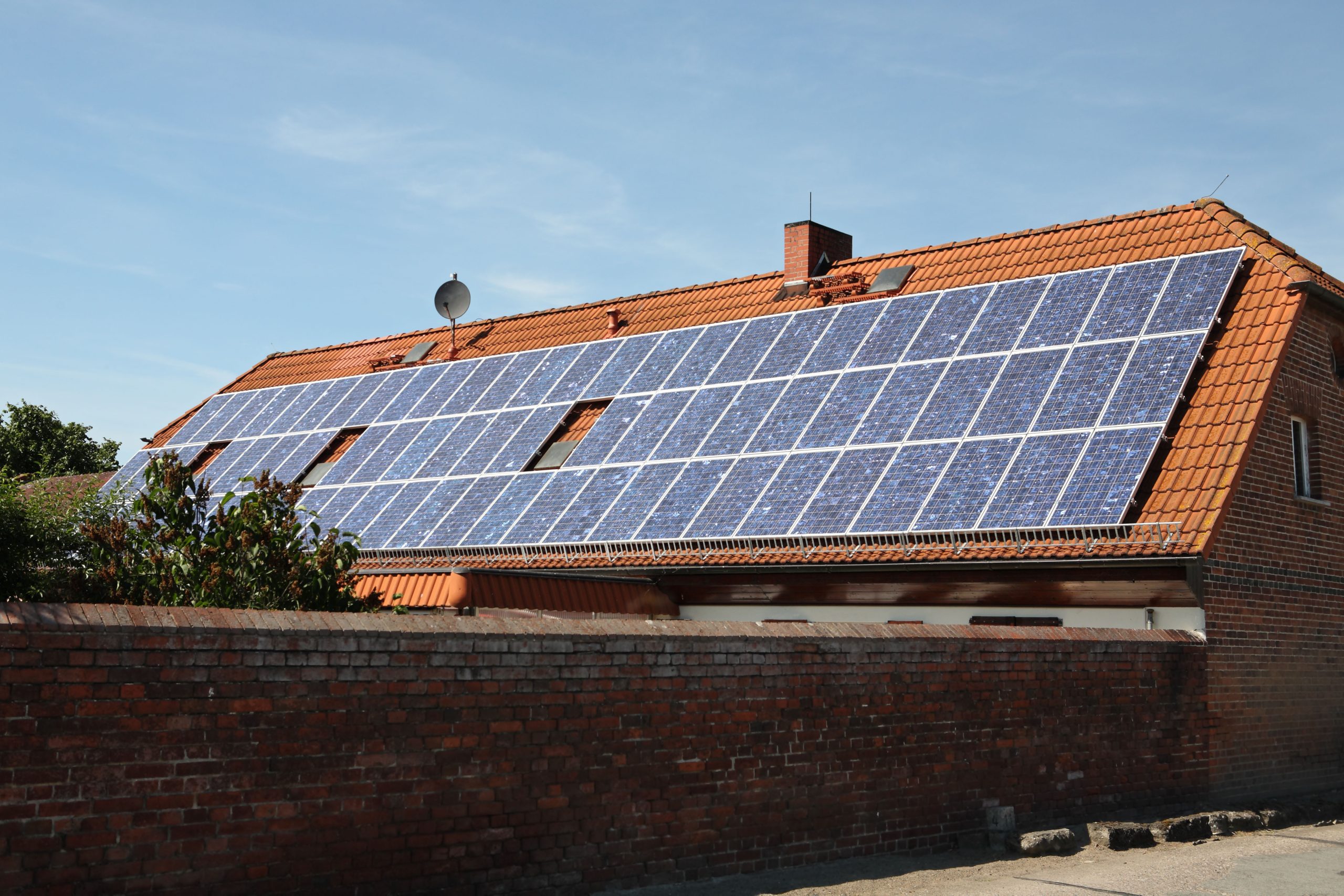Conclusion and Further Recommendations
Power sector decarbonisation depends on data transparency
Data transparency is limited in Asia, holding back the speed at which Asian economies can decarbonise their power sector.
Asia is a key region for global decarbonisation, as it is home to 80% of the global coal consumption. Open and easily accessible power sector data is necessary to enable Asian economies to decarbonise fast, as data enables tracking and monitoring of clean power targets, evidence-based policymaking and grid optimisation for better flexibility.
This research identified, compiled and evaluated official power sector data sources for 39 Asian economies using power generation as the baseline metric for assessment. The assessments were made using six rating criteria: publishing lag, geographical granularity, fuel breakdown, temporal granularity, additional data and ease of access.
The research revealed that more than half (24 out of 39) of Asian economies have insufficient or poor data transparency. This means that there is little to no data on whether electricity needs of 684 million people are being met with clean or fossil fuels. Nine economies have acceptable scores, and six economies have scored “good” or “excellent”. Higher income economies generally scored higher than lower income ones. However, some lower-middle income economies like India, Bangladesh and Sri Lanka scored higher than other upper middle income economies, leading the way to better data transparency in Asia.
Ideally, power sector data must be provided at hourly or less intervals, with granular geographical and source fuel information. In addition, the data must be made available as soon as after it is generated and made free to access without restriction in a machine-readable format. Both Australia, New Zealand, India and several other economies are demonstrating good practice across the six rating criteria.
This report includes a special case study on India, which has made a significant effort to streamline their open data practice by collaborating with Vasudha Foundation, a non-profit organisation. Their partnership aimed to streamline their data sharing practice by creating a one-stop-shop dashboard revealed that standardisation of metrics, data format, methodology, granularity and nomenclatures is necessary to improve data transparency. Reflecting on the case study and guidelines from the Open Data Policy Hub, the study gives nine practical recommendations for improving data transparency, including:
- Removing all forms of restrictions on access and making data licence-free;
- Use of comprehensive and appropriate formats for data sharing for varied uses;
- Making data available in one central location in machine-readable formats;
- Digitising archival materials and publishing them as bulk data that has permanent, lasting access;
- Using unique identifiers to avoid erroneous interpretation.
National governments have an enormous amount of benefits to gain from making power sector data open and easily accessible, as it is key to accelerating power sector decarbonisation in each economy. Data can engage a broader network of stakeholders to create innovative solutions for coal-to-clean electricity transition. Work is required to enhance data governance and technical capacity to make this happen.
Findings in this report are made publicly available on Subak and Ember’s website for anyone to use to improve visibility on where power data is in Asia.
Related Content




